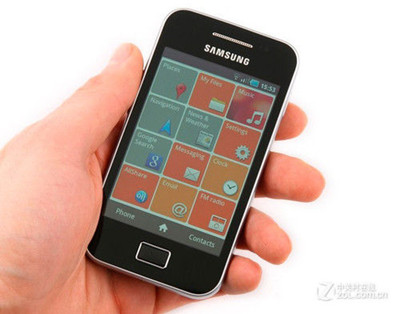You probably know at least half a dozen people walking around with cracked smartphone screens.
你或許注意到了身邊至少一半人的智能手機屏幕已經碎裂。
These devices may be everywhere, but they're not built to last.
手機的確無處不在,但它們并非能夠永遠使用。
Smartphone companies figure you'll just buy a new one.
智能手機公司認為你很快就會喜新厭舊。
Still, Apple is at least thinking about ways to make their gadgets more resilient.
不過至少蘋果公司還在想辦法使自己的產品更耐久。

The U.S. Patent and Trademark Office recently awarded the company a patent for an electronic device that could determine when it is in free fall—and then prepare itself for impact.
蘋果公司最近獲得了美國商標專利局頒發的一項專利,他們研發的一款電子設備在掉落時會自行判斷并做好沖擊準備。
The future device would quickly rearrange or even eject internal components to change its center of mass.
這款未來電子設備將能夠在最短時間內進行重新排列或彈出內部組件以改變重心。
It might even alter its trajectory with an airfoil or mini compressed-gas thruster.
它甚至可以通過翼面或小型壓縮氣體推進器改變自身軌道。
Either way, the gadget would land in a way that causes the least damage.
不管怎樣,這種設備最終會以損害降到最低的方式掉落。
Such a system is a lot more complicated than simply making a more durable screen, which is high on a lot of customers' wish lists.
這樣的系統比單純地制作很多客戶都看好耐用屏要復雜得多。
Apple had been toying with tougher screens that use what's called sapphire glass for the iPhone 6,but its supplier apparently couldn't correctly produce the necessary synthetic sapphire.
蘋果公司一直在嘗試使用硬屏,甚至用藍寶石玻璃作為自家6代手機的屏幕,但供應商顯然無法生產合適的合成藍寶石。
So iPhone users now get the industry-standard Gorilla Glass touch screen—and a glimpse at a future potentially populated with smartphones that even fall intelligently.
因此蘋果手機用戶現在使用的是行業標準的鋼化玻璃觸摸屏,并且一直期待未來的手機就連掉落也能摔出智能范兒。












